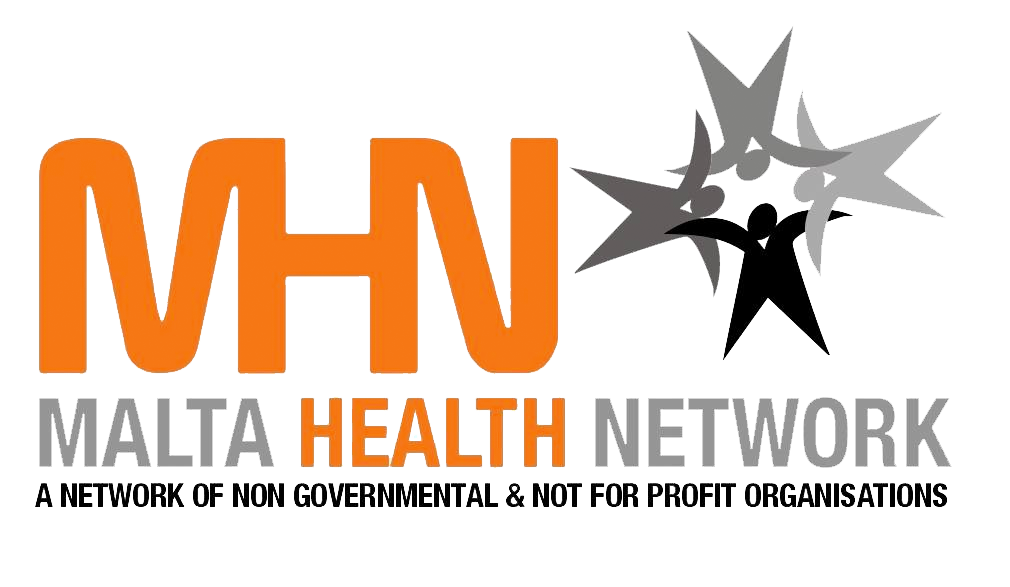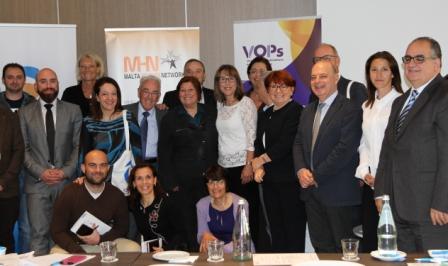The Impact of Pain on Maltese Citizens –
facts and recommended actions


Pain indicates that something is wrong with our body. Pain is defined by the International Association for the Study of Pain (IASP)as ‘an unpleasant sensory and emotional experience associated with actual or potential tissue damage’. International research defineschronic pain is pain that persists for more than 3 months. In this research on the impact of chronic pain in Maltese citizens, carried out in Malta in 2017, some people have reported persistent pain lasting for 2 years and more.
Data indicates that 20% of Malta’s adult population experience chronic pain. Such pain is present in 1 in 10 persons aged 18 -24years, rising to 1 in 4 persons aged 45 years and over. Almost 40% of the younger cohort reported a higher level of impairment to their social activities due to their physical or emotional state.
Musculoskeletal diseases including arthritis, joint pains and fibromyalgia make up 75% of causes of chronic pain whilst 20% results from chronic headaches and migraine. The remaining balance is accounted for by cancer, vascular diseases, poor circulation or various injuries.People with chronic pain report that their conditions are limited in their daily activities by varying degrees from lifting a bag with groceries to going up a flight of stairs. Pain can limit persons in basic activities such as washing and bathing, walking short distances, catching a bus or driving. This impacts the quality of life of people, causing emotional distress and a sense of failure.
Chronic pain leads 86% of suffers to be absent from work for at least 1 week a year. Some had to reduce working hours, others had to change jobs, whilst others left their employment or lost their jobs due to their health problems.
Pain may be invisible to the naked eye but is very tangible to many in society. It is our duty to demand change through these recommendations:
- Chronic Pain should be acknowledged as a disease in its own right.
- A holistic policy should be drawn up which provides for chronic pain prevention where possible and for timely access to appropriate treatment, medicines and other therapeutic interventions, including rehabilitation.
- Healthcare professionals should have adequate skills in diagnosing and managing pain effectively.
- A National Pain Plan should be established which provides for inter-ministerial collaboration: pain is not only a health issue –it also represents a major contributing factor towards societal wellbeing.
- Infographic Video with research findings summary and recommendations.

More detailed results will be published very shortly. Detailed report can be found on SIP newsletter July 2018
This project has been funded through the Voluntary Organisations Project Scheme managed by the Malta Council for the Voluntary Sector on behalf of the Parliamentary Secretary for Youth, Sport and Voluntary Organisations.
![]()



